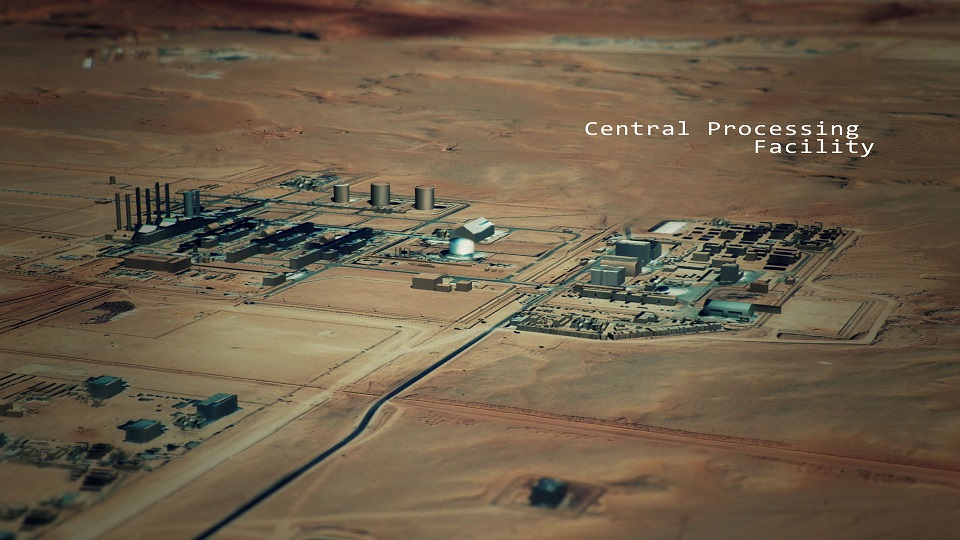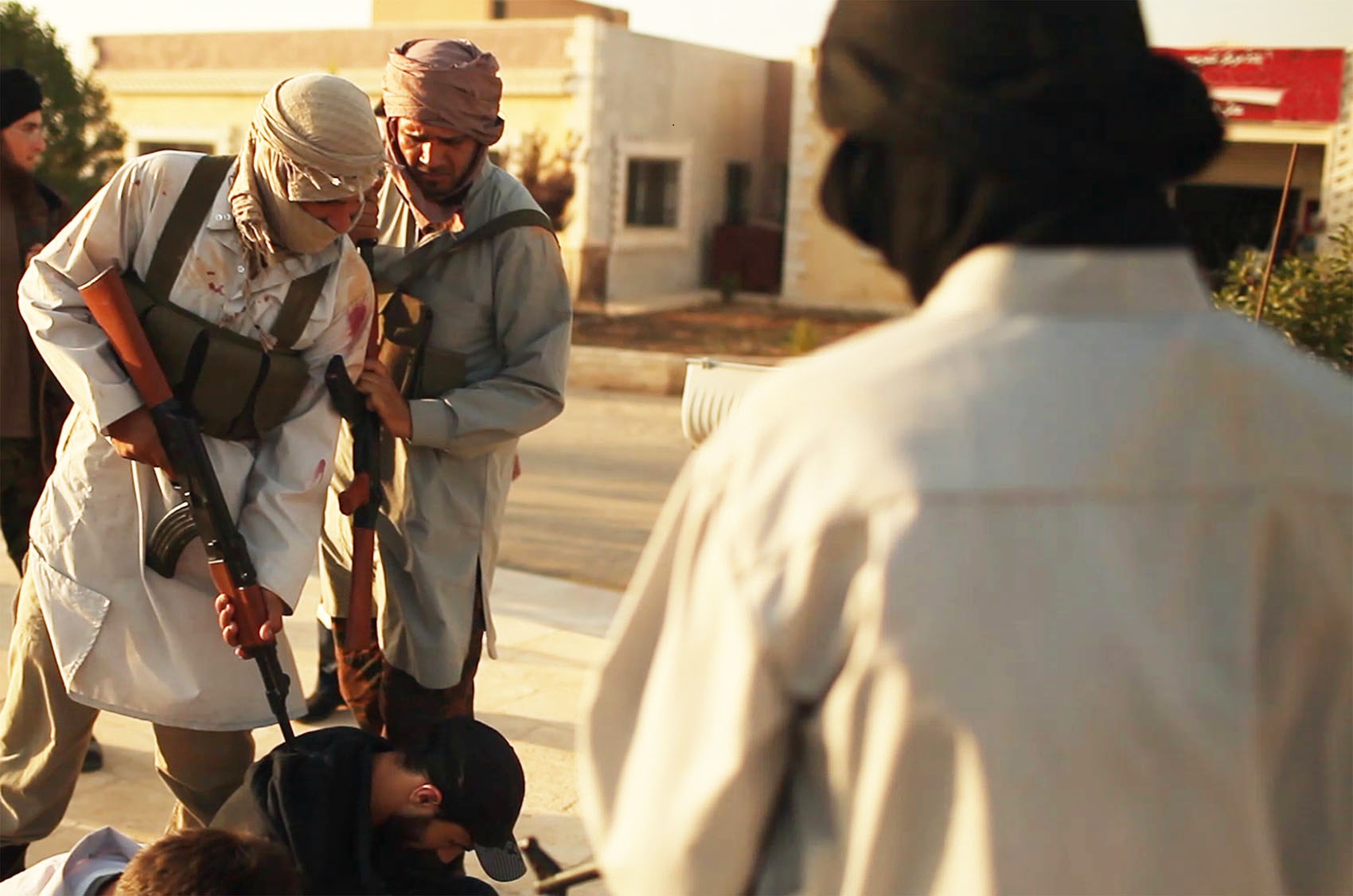Bruce Goodison has been responsible for some of the more impressive television of the last decade, sometimes drama, sometimes straight documentary, and sometimes drama-documentary, like his Flight 93: The Flight That Fought Back. He was back in the latter genre in Channel 4’s powerful Siege in the Sahara, bringing the heightened tension of fictional reconstruction to the story of the assault on the Algerian gas plant at In Amenas by terrorists in January this year. The ensuing hostage drama lasted three days, during which the Algerian side refused to negotiate, and left 40 of the international staff who had been captured there dead.
Full credit to Channel 4 for giving Goodison the resources to do the job so well, achieving remarkable vérité style for the most dramatic moments of the siege, and recreating the locations – we assume that they weren’t allowed to work anywhere near In Amenas itself – of the towering industrial facility in its surrounding desert (below right). Described by one of the film’s interviewees as like an open prison, it had the portacabins for living and working you’d expect in somewhere like this; they became the last-resort places of concealment for those who’d managed to hide themselves from the terrorists, who came from a rebel Al-Qaeda offshoot with the chilling name “Signed in Blood” and had driven in – completely undetected – across the nearby Libyan border.
 But the epicentre of the terror was the group of captured hostages being held at gunpoint in an open-air bastion, a necklace of explosives around their necks (below left). The Algerian army were firing in to spook the terrorists, while the hostages were forced to make frantic phone calls both to their loved ones, and to any international broadcaster who would take the calls. Then they were bundled into SUVs, with a mined hostage-taker in each vehicle, to be driven towards the central processing facility. An army helicopter strafed them along the way. It’s a miracle that anyone survived that fatal journey at all.
But the epicentre of the terror was the group of captured hostages being held at gunpoint in an open-air bastion, a necklace of explosives around their necks (below left). The Algerian army were firing in to spook the terrorists, while the hostages were forced to make frantic phone calls both to their loved ones, and to any international broadcaster who would take the calls. Then they were bundled into SUVs, with a mined hostage-taker in each vehicle, to be driven towards the central processing facility. An army helicopter strafed them along the way. It’s a miracle that anyone survived that fatal journey at all.
We can only wonder if it was coincidence that the BBC had treated the same story on Saturday in This World’s Terror in the Desert (BBC Two), but it made for some instructive comparisons. Incorporating mobile phone footage and text messages adds immediacy, but obviously nothing to compare to the dramatic reconstructions of Goodison’s film, not to mention the tension ratcheted up by the latter’s musical score.
With no overlap between those interviewed in the two films – how that was negotiated is anyone's guess – one glaring difference between them stood out. None of those interviewed by the BBC appeared to have felt any insecurity at In Amenas before the terrorists appeared out of the blue that January 16 morning: “no concerns,” one of them said.
 Siege… suggested a very different story. The main foreign security officer on site, Paul Morgan, who was the first foreigner to be killed, had voiced grave concerns to his employers – so much so that he’d requested a transfer, something he’d told his colleagues about only days before.
Siege… suggested a very different story. The main foreign security officer on site, Paul Morgan, who was the first foreigner to be killed, had voiced grave concerns to his employers – so much so that he’d requested a transfer, something he’d told his colleagues about only days before.
That left a discrepancy between the hostages' experiences. What clearly united them all, however, was anger at the refusal of BP, one of the three operators of the In Amenas site, to hold its own enquiry into what happened. The gas facility is back at work, and it can’t be long before foreign specialists return there. Have any lessons been learnt?















Add comment